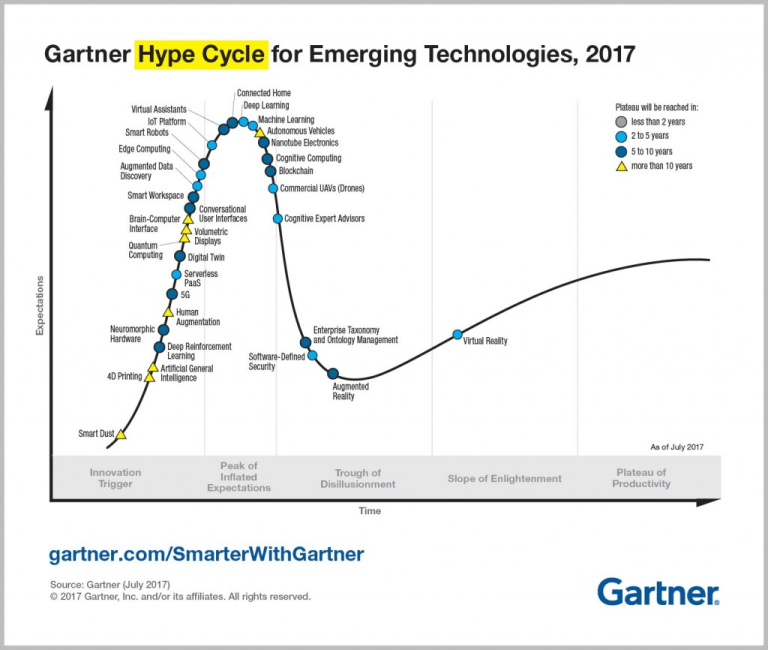Augmented analytics – Leveraging data-driven business growth
December 20, 2022
Reliance on data has grown exponentially, and rightly so. With a drastic customer shift towards the digital space, advanced analytics have become increasingly necessary for enterprises to stay ahead of the market. However, the sheer volume of data available to organizations makes accurate interpretation a real challenge. As the volume and the complexity of datasets are increasing, traditional BI tools might not handle them efficiently. Today, quick and unbiased data analysis is necessary to meet the business objectives.
The job of organizing, processing, and drawing insights primarily depends on data engineers and data scientists. These highly skilled roles are responsible for data ingestion, cleansing and transformation, and developing advanced AI/ML algorithms to gather relevant data. Not surprisingly, the shortage of these technical roles is another challenge. But augmented analytics systems promise to ease this bottleneck by delivering quick and accurate insights by minimizing the needs of full-time data engineers and scientists.
Gartner first coined the term augmented analytics in 2017 in their annual "hype-cycle" graph and claimed it would be "the future of data analytics".
According to AnalyticsInsight.net, "In 2022, augmented analytics is expected to be the most popular trend in data & BI. Furthermore, by 2023, the global market for augmented analytics is anticipated to be worth the US $13 billion."

Figure 1: Gartner Hype Cycle for Emerging Technologies, 2017. Image Via Gartner
A quick run-through of augmented analytics
When we refer to augmented analytics, it is a process where data is automatically ingested from raw data sources, cleansed in an unbiased manner, and communicated to business users. The entire process works independently. In other words, we can say augmented analytics uses AI/ML to automate data preparation, insights discovery, and information exchange.
According to Gartner, "Augmented analytics is an approach that automates data insights using artificial intelligence, machine learning, and natural-language generation marks the next wave of disruption in the data and analytics market."
Augmented Analytics – High-Level Work Flow

What makes augmented analytics so valuable?
Since augmented analytics is a modern-day approach for yielding maximum business benefits, they are capable of bringing the top business features like:
Automated data detection
One of the most demanding features of augmented analytics is automatic data detection functions. It collects data based on specific attributes like schemas, profiles, and geographic and personal information fetched from disparate sources like text documents and PDFs.
Statistical operational algorithms
Pre-built algorithms are helpful in forecasting. Statistical operational algorithms eliminate the need for extensive calculations and simplify the need for specialized coding. Statistical operational algorithms can also be tailored according to business needs.
Advanced Recommendations
Another feature of augmented analytics is AI/ML-driven recommendations system. It trims down the data lifecycle, including data preparation, analysis, and reporting. Moreover, AI/ML-driven recommendations can be generated for diverse users based on their specific requirements.
Leveraging businesses with augmented analytics
Machine learning makes it possible to pool the most compelling business insights to answer business curiosity. With augmented analytics, business users will get actionable insights, and enhanced productivity, and can elevate their skills and better decision-making.
Data Ingestion Automation
Augmented Analytical tools are trained to gather, refine, and process the data automatically. The process still requires a data scientist to aid the process of developing machine learning algorithms for cleaning and structuring data. But once done, the future processing is quicker, which leads to accelerated data analysis.
Lower cost of ownership
Technically, having people on-site pouring data in, cleansing it, and reporting can cost more. The use of AI & ML eliminates the risk of data redundancy due to lesser human dependency. The entire process is automated, and quicker, with a lower cost of ownership.
Quicker business value generation
Automatic data processing ultimately results in higher business value delivery and productivity. Augmented analytic systems streamline the entire data process by leveraging machine learning algorithms to perform repetitive tasks and visualizations, helping organizations to become more agile and responsive.
Democratization of analytics
Augmented and SaaS analytics platforms provide powerful AI/ML-generated data results available to everyone within organizations. Modern SaaS platforms are more accurate and inexpensive compared to in-house data analysis management teams.
Augmented analytics examples in the enterprise
Augmented analytics systems can be implemented to solve any data-related business problem. Some examples and applications of used cases are:
Services pertaining to finance
Financial institutions like banks, mortgages, and insurance firms are faced with different challenges with the fintech industry going through a post-pandemic transformation. As the industry is actively looking for innovative solutions, stringent government regulations make things more competitive. Here augmented analytics can play a vital role in generating authentic data more quickly.
Health care industry
The healthcare industry is always in need of the latest tools and technologies. A massive amount of data is generated during research, clinical trials, patient records, and experiments. AI/ML-embedded analytics can reduce their research time while ensuring more accurate results in real time for seamless medical practice.
Demand forecasting and predictive analytics
Augmented algorithms use advanced statistical analysis and pattern recognition to provide unprecedented insights for future demand planning. A large amount of historical data can be automatically analyzed for accurate forecasting and informed decision-making.
Take charge of your business
Today, the infusion of big data analytics in business operations is critical for revealing actionable insights, eliminating human bias, accurate forecasting, and generating successful recommendations.
The innovative capabilities of augmented analytics are expected to demonstrate various benefits across diverse market verticals. AI/ML embedded enablers promise to transform the data landscape by streamlining business strategies. Augmented analytics is undoubtedly an opportunity to uplift existing and future businesses at scale.
Are you looking for a top-notch BI service provider for your business? Head over to our data analytics page or connect with us here to learn more.
Quick Link
You may like
Read our recent articles
How can we help you?
Are you ready to push boundaries and explore new frontiers of innovation?



